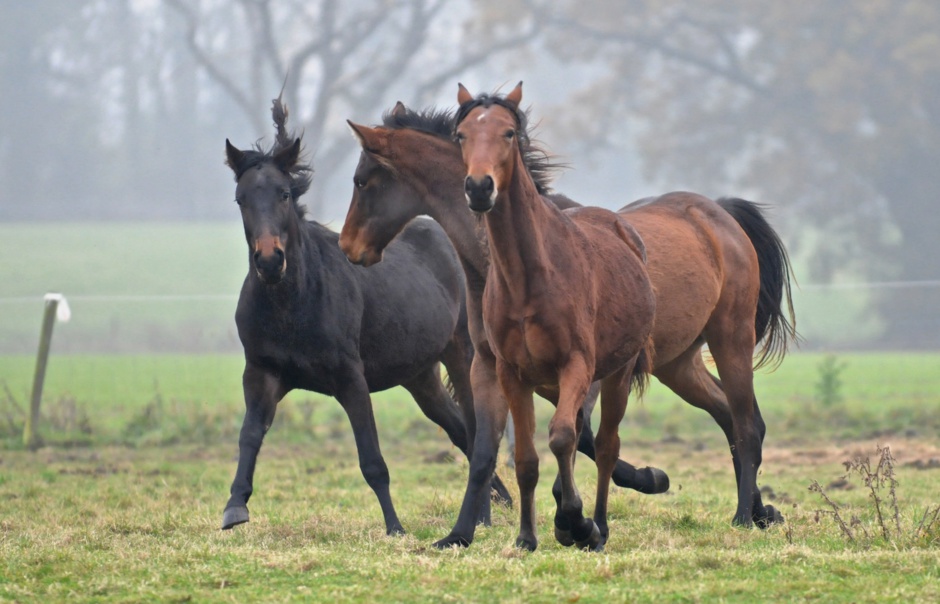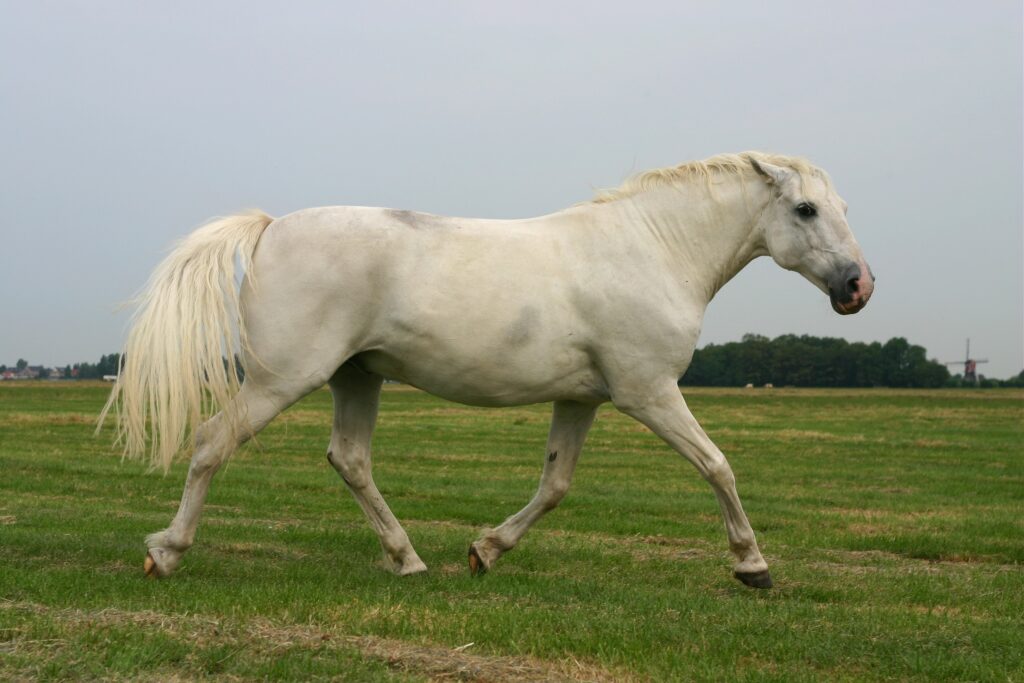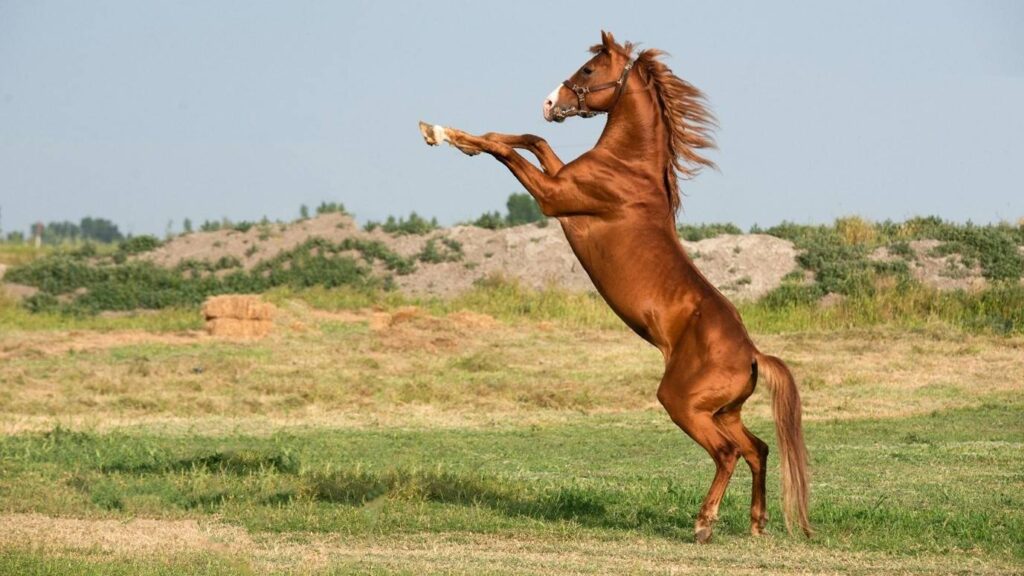The importance of horse saddle fitting for training cannot be overstated. Whether you’re a seasoned equestrian or just beginning your journey, understanding the nuances of saddle fitting is crucial. A well-fitted saddle not only ensures the comfort of your horse but also enhances performance during training sessions.

Understanding the Basics of Saddle Fitting
Before delving into the specifics, it’s essential to grasp the basics of saddle fitting. A properly fitted saddle should distribute the rider’s weight evenly across the horse’s back, preventing pressure points and potential injuries.
The Anatomy of a Saddle
Understanding the anatomy of a saddle is the first step towards achieving a perfect fit. Key components include the tree, panels, gullet, and seat. Each part plays a critical role in ensuring comfort and stability.
The Role of the Tree
The tree is the framework of the saddle, determining its shape and size. It’s crucial that the tree matches the horse’s back to avoid discomfort.
Signs of an Ill-Fitting Saddle
Recognizing the signs of an ill-fitting saddle can prevent long-term issues. Common indicators include bruising, soreness, and behavioral changes in your horse.
Physical Signs
Physical signs, such as dry spots under the saddle and uneven sweat marks, can indicate an improper fit. Regularly check your horse for these indicators to ensure their well-being.
Behavioral Changes
An uncomfortable horse may display behavioral changes, such as reluctance to move forward or sudden bucking. These signs should prompt a reevaluation of your saddle fit.
The Process of Saddle Fitting
The process of saddle fitting involves several steps, from measuring your horse to selecting the right saddle model.
Measuring Your Horse
Accurate measurements are paramount in saddle fitting. Use a flexible tape measure to obtain the width and length of your horse’s back, ensuring the saddle fits snugly.
Selecting the Right Saddle
Once measurements are taken, the next step is selecting a saddle that matches both your horse’s build and your training needs. Consider consulting with a professional saddle fitter for expert advice.
Common Saddle Fitting Mistakes
Avoiding common saddle fitting mistakes can save you time and frustration in the long run.
Ignoring the Gullet Width
One of the most frequent mistakes is ignoring the gullet width. A gullet that’s too narrow can pinch the horse’s spine, causing discomfort and potential injury.
Overlooking the Horse’s Conformation
Each horse has a unique conformation, and failing to consider this can lead to an improper fit. Pay attention to the horse’s withers, shoulders, and back shape when selecting a saddle.
Benefits of a Properly Fitted Saddle
A properly fitted saddle offers numerous benefits, enhancing both the horse’s comfort and training outcomes.
Improved Performance
A comfortable horse is more likely to perform well. A well-fitted saddle allows for freedom of movement, enabling your horse to excel in training.
Reduced Risk of Injury
By evenly distributing weight and pressure, a properly fitted saddle minimizes the risk of injury, ensuring your horse’s longevity in training.
Professional Saddle Fitting Services
Consider enlisting professional saddle fitting services to ensure a perfect fit. A professional can provide valuable insights and adjustments tailored to your horse’s needs.
Benefits of Professional Services
Professional fitters offer expertise and experience, ensuring a precise fit that enhances both comfort and performance.
Finding a Reputable Saddle Fitter
When seeking professional fitting services, research and recommendations can guide you to a reputable fitter. Consider their credentials and customer reviews before making a decision.
Maintaining Your Saddle
Regular maintenance of your saddle is essential to prolong its lifespan and ensure continued comfort for your horse.
Routine Cleaning and Conditioning
Regular cleaning and conditioning prevent wear and tear, keeping your saddle in optimal condition.
Periodic Reassessment
As your horse grows and changes, periodic reassessment of the saddle fit is necessary to accommodate any changes in conformation.
Conclusion
In conclusion, understanding the intricacies of horse saddle fitting for training is vital for any equestrian. A well-fitted saddle not only ensures the comfort of your horse but also enhances training outcomes, contributing to a successful and rewarding equestrian experience.

FAQs
What are the key signs of a poorly fitted saddle?
Common signs include bruising, soreness, dry spots under the saddle, and behavioral changes in your horse.
How often should I reassess my saddle fit?
Regular reassessment is recommended, particularly if your horse undergoes changes in weight or conformation.
Is professional saddle fitting necessary?
While not mandatory, professional fitting services can provide expertise and precision, ensuring optimal comfort and performance for your horse.
For more insights on positive reinforcement in training, visit our [link title].
Discover [link title] on [website name] for more [link topic].
Learn more about the role of training young horses at [external link].
This article contains affiliate links. We may earn a commission at no extra cost to you.







